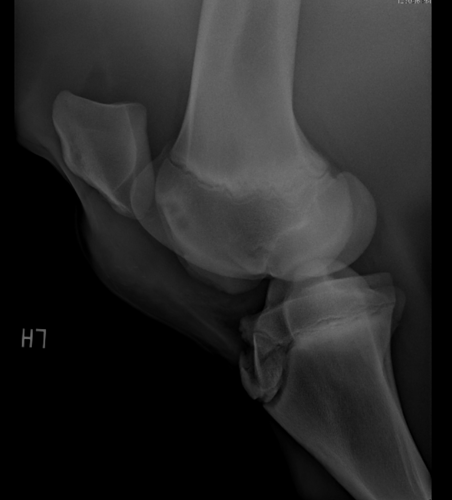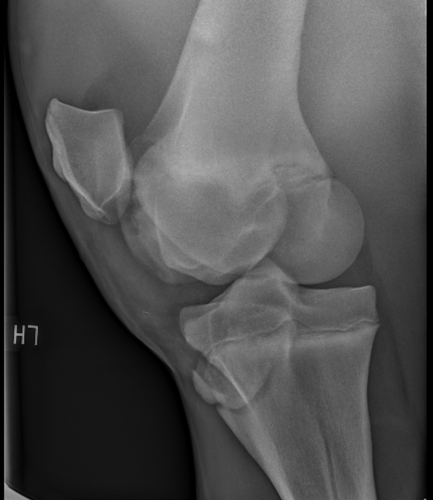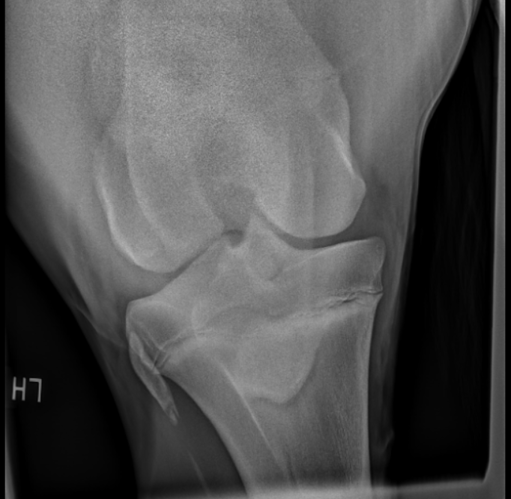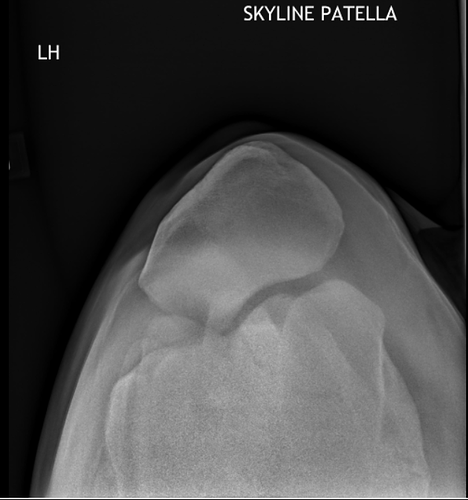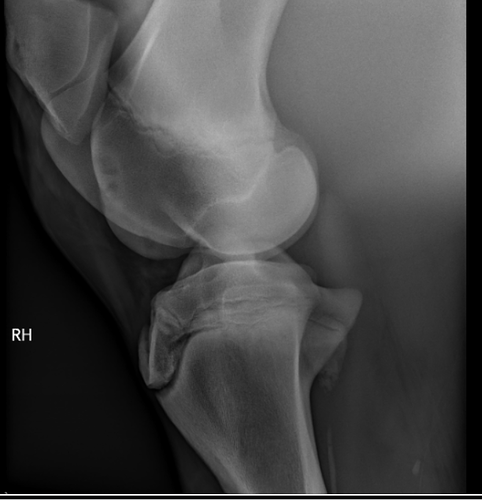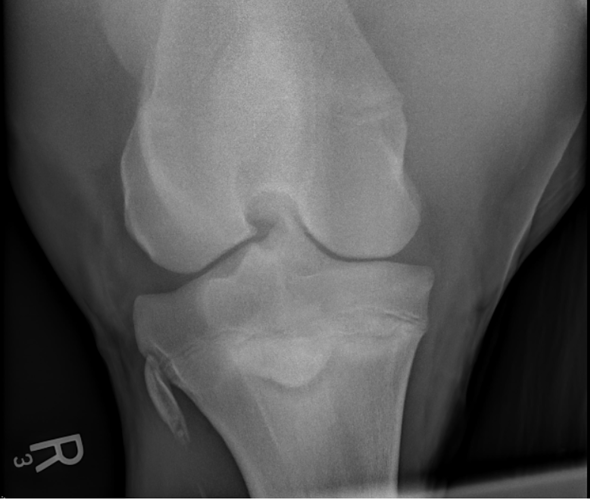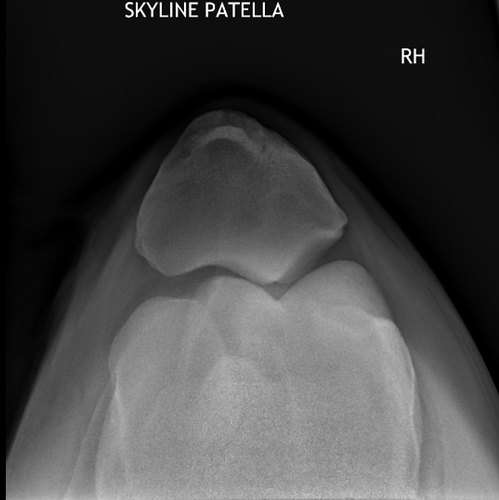UPDATED in latest post. 
Heads up: Long story (to provide background/context) with a sad ending. Opinions wanted.
I’m on second homebred generation and have run into a major health issue - and am very motivated to better understand the heritability, cause(s), and whatever else I can do better in the future.
Grandma Mare is a jockey club TB. I bred her to lovely WB stallion from a highly respected breeding facility. (Additionally, this stallion has a good OCD score indicating he is unlikely to pass on OCD. You may see where this is going.) Grandma Mare is still with us, but will likely be euthanized this fall at the age of 29 due to advanced arthitis in her front knees. (She started life with early racing followed by barrel racing. Ugh.) Otherwise, Grandma Mare has lived a long, sound life with no indication of heritable issues.
Grandma Mare produced one foal for me by the lovely stallion - let’s call the foal Heart Horse. Heart Horse took after her sire and has been a solidly healthy, sound, beloved mare. When Heart Horse was about 13, I decided to breed her (I would love a clone of her, but a foal from her might be the next best thing). I bred Heart Horse to another (unrelated, naturally) lovely WB stallion from a highly respected breeding facility. (This stallion, also, has a breed OCD score indicating he is very unlikely to pass on OCD.) She didn’t take the first year but did the second year, and foaled a handsome colt.
Handsome Colt had some tendon laxity at birth, being ‘back on his heels.’ Heart Horse also had this at birth to some extent, but hers self-corrected within ~48 hours. Handsome colt remained significantly back on his heel bulbs. We eventually opted for glue-on foal shoes with heel extensions to correct this, and he responded wonderfully to the shoes. Our farriers and vet worked together to keep the corrective shoes on through 2-3 shoeing cycles as he grew. Afterwards, his angles appeared solidly corrected, he went barefoot with regular trimming, and seemed to have no issues. Handsome Colt continued to mature into, well, a VERY handsome colt with a teddy bear personality.
At about 10 months, Handsome Colt presents with swelling in the left stifle. Big sigh - he’s a very large (mom is big and tall, dad is big and tall), gangly, fast-growing yearling. Gosh darnit I may have been heavy-handed with the grain over the winter. OCD diagnosis fits like Cinderella’s glass slipper. Local vet comes out and we radiograph the left stifle in the barn, and see a low-density area that looks like an OCD. Local vet refers us to state university.
We get an appointment about 6 weeks after initial radiographs at state university and bring in Handsome Colt. Vet at State looks at him and agrees, yup - likely OCD but don’t panic - they do a gazillion OCD surgeries every year, prognosis is very good, we caught in early. Books him in for OCD surgery the following morning. Pre-operative radiographs reveal we are not exactly dealing with OCD. Instead, we are dealing with severe lateral trochlear ridge hypoplasia. The ridges that should align and track the patella are… gone, basically. Surgery is cancelled, as there is literally not enough bone left to work with. Stifles are basically crumbling. The left stifle’s “skyline view” image of the trochlear ridges is described as a “ski slope,” and he could luxate the patella with one goofy step at any moment. The right stifle is similar but not as far along the progression. Hocks showed no OCD. The vet is on-board with us to try to maintain some level of pasture soundness with him, but early arthritis is basically guaranteed. Handsome Colt is brought home, where he remains happy for the time being. He’s in a pasture with a buddy, on Equioxx, I’ve already run one course of Adequan, and I’ve orderd “KER Duraplex” because I don’t know. Fortunately, I have my own farm with plenty of room, so I’ll try to keep him comfortable as long as I can.
SO. My theory is, I didn’t get the glue-on corrective shoes on early enough, and he slammed around too much too hard on soft little baby stifles recieving force at all the wrong angles. I’m absolutely gutted that possibly my overly-conservative management approach to this may have doomed my colt. There seems to be little/no family evidence of OCD, though perhaps it could sneak in from the TB mareline or just be a sad fluke.
What do you think? Have you every encountered anything remotely similar? Would you even consider re-breeding the mare, to a different stallion? (Not that I am planning on doing so in the forseable future, more a hypothetical question.) Would you interpret this as an OCD-like condition, with some genetic basis? Would the propensity to produce offspring born “back on their heels” with lax tendons be the deciding factor for you? Would you continue to maintain a horse who has some very real risk of luxating a patella at any moment, or would the risk of that occurence be enough to prompt euthanasia?


